An aurora, sometimes referred to as polar lights, northern lights, or southern lights, is a natural light display in the Earth’s sky, predominantly seen in high-latitude regions. Witnessing the northern lights is a transformational bucket-list experience that many people wait years—even a lifetime—to see, since the conditions need to be perfect for this spectacular display to take place. Thanks to long hours of darkness and clear night skies, December through March is usually the besttime to observe this elusive natural phenomenon (though you can sometimes see the northern lights starting as early as August).
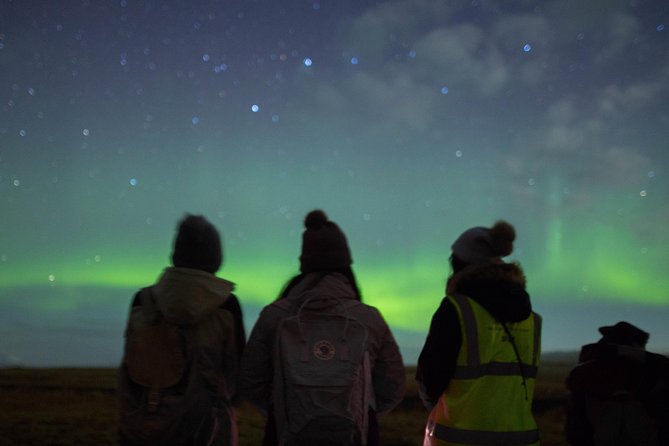
The best places in the world are usually closer to the Arctic Circle, including Alaska, Canada, Iceland, Greenland, Norway, Sweden and Finland. However, if you are determined to see this beautiful skyline, don’t limit yourself. You can also spot the southern lights in the southern hemisphere. Still, the northern lights are the star of the show.
In order to increase your chances of seeing this spectacle, you should time your trip to a new moon. Since the northern lights can appear—and disappear—in a snap, it’s important to be on alert throughout the night. Another tip: Try to find a place where the sky is clear, dark and free of clouds.
Legends Of The Lights
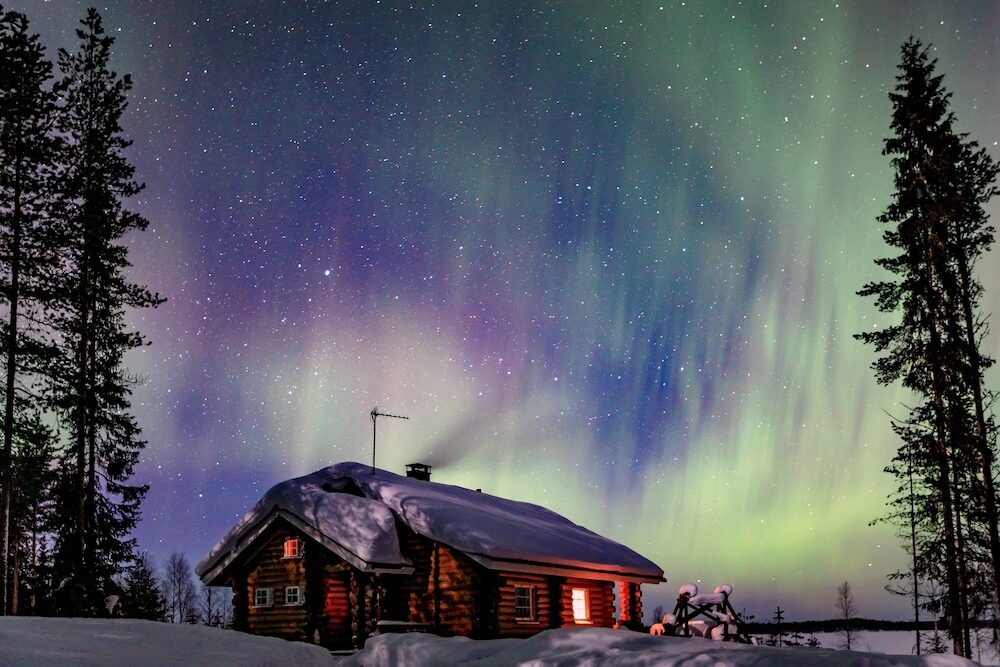
‘Aurora borealis’, the lights of the northern hemisphere, means ‘dawn of the north’. ‘Aurora Australis’ means ‘dawn of the south’. In Roman myths, Aurora was the goddess of the dawn. In many cultural groups, there are legends about the lights. In medieval times, the occurrences of auroral displays were seen as harbingers of war or famine. The Maori of New Zealand shared a belief with many northern people of Europe and North America that the lights were reflections from torches or campfires.
The Menominee Indians of Wisconsin believed that the lights indicated the location of manabai’wok (giants) who were the spirits of great hunters and fishermen. The Inuit of Alaska believed that the lights were the spirits of the animals they hunted: the seals, salmon, deer and beluga whales. Other aboriginal peoples believed that the lights were the spirits of their people.
What Causes The Northern Lights?
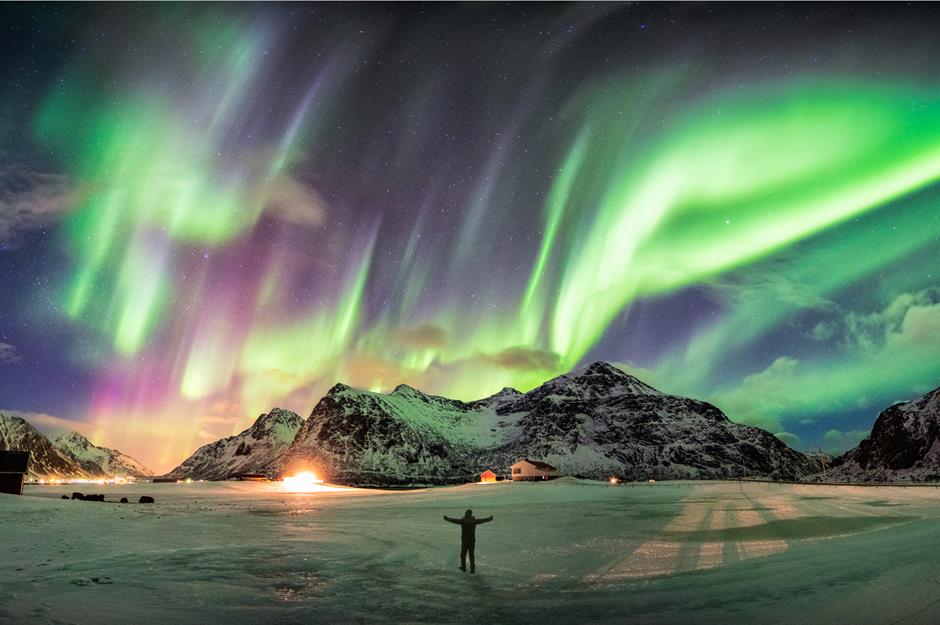
The Northern Lights are actually the result of collisions between gaseous particles in the Earth’s atmosphere with charged particles released from the sun’s atmosphere. Variations in color are due to the type of gas particles that are colliding. The most common auroral color, a pale yellowish-green, is produced by oxygen molecules located about 60 miles above the earth. Rare, all-red auroras are produced by high-altitude oxygen, at heights of up to 200 miles. Nitrogen produces blue or purplish-red aurora.
The connection between the Northern Lights and sunspot activity has been suspected since about 1880. Thanks to research conducted since the 1950’s, we now know that electrons and protons from the sun are blown towards the earth on the ‘solar wind’. (1957-58 was International Geophysical Year and the atmosphere was studied extensively with balloons, radar, rockets and satellites. Rocket research is still conducted by scientists at Poker Flats)
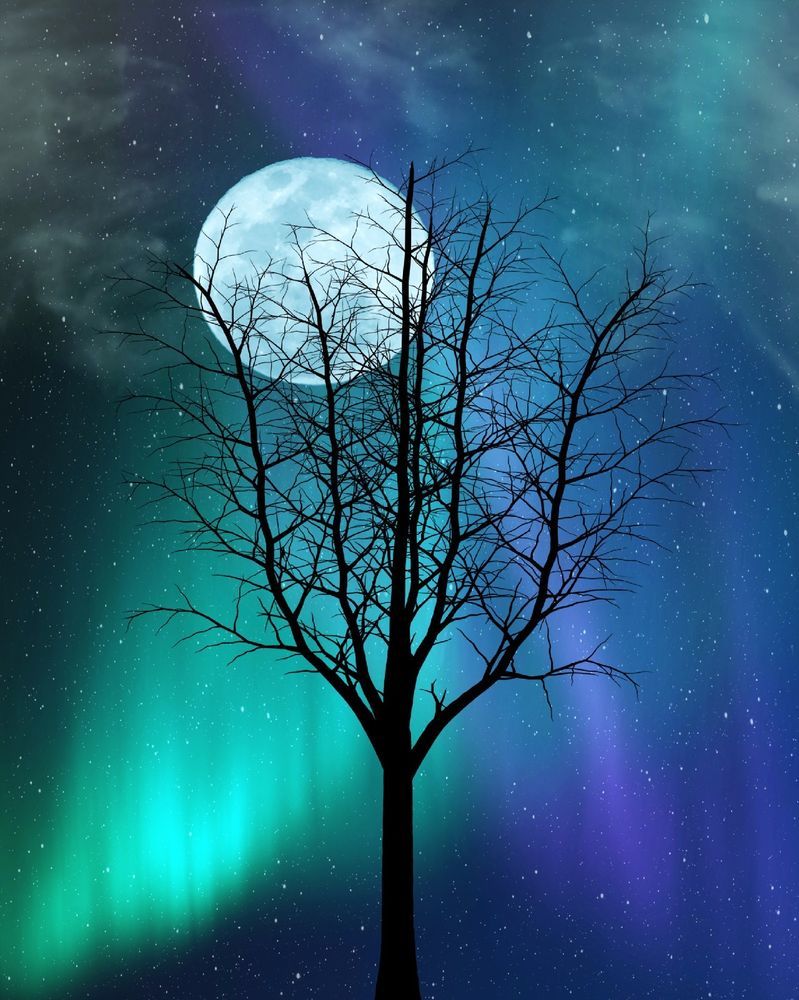
The temperature above the surface of the sun is millions of degrees Celsius. At this temperature, collisions between gas molecules are frequent and explosive. Free electrons and protons are thrown from the sun’s atmosphere by the rotation of the sun and escape through holes in the magnetic field. Blown towards the earth by the solar wind, the charged particles are largely deflected by the earth’s magnetic field. However, the earth’s magnetic field is weaker at either pole and therefore some particles enter the earth’s atmosphere and collide with gas particles. These collisions emit light that we perceive as the dancing lights of the north (and the south). The lights of the Aurora generally extend from 80 kilometers (50 miles) to as high as 640 kilometers (400 miles) above the earth’s surface.
Fairbanks, Alaska
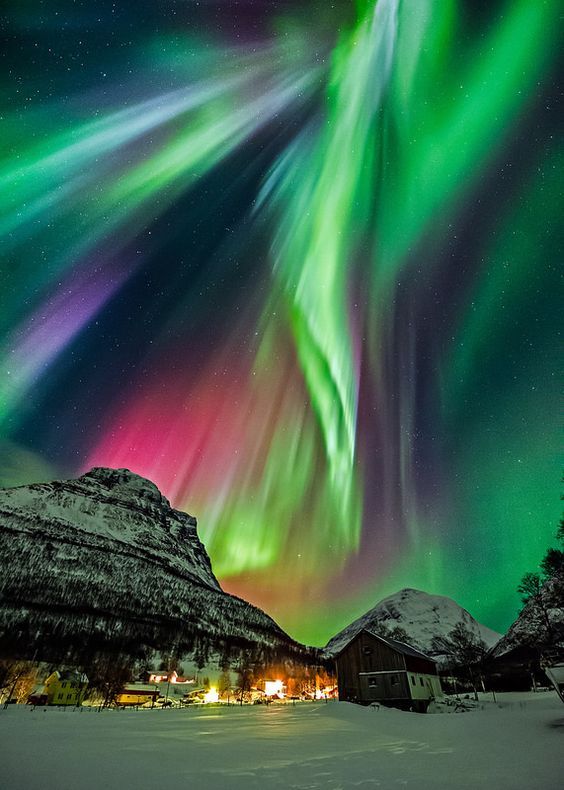
Fairbanks is one of the best places in the world to view the northern lights as it’s located directly under the Auroral Oval. This ring-shaped zone sits over the Earth’s geomagnetic north pole, where aurora activity is concentrated. Visitors can expect to see the lights on an average of four out of five clear nights during aurora season, which lasts from Aug. 21 to April 21.
